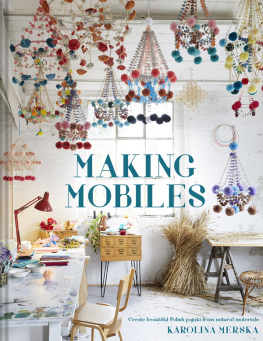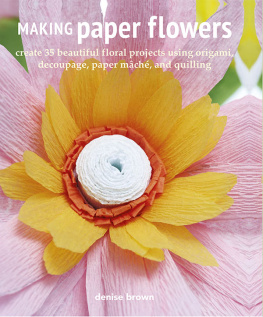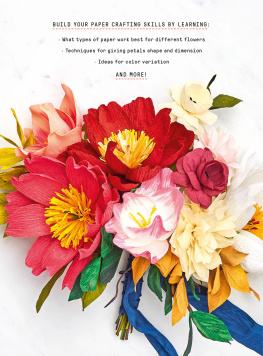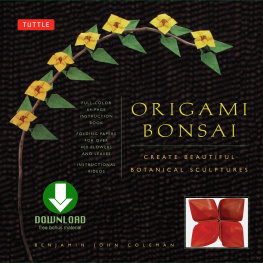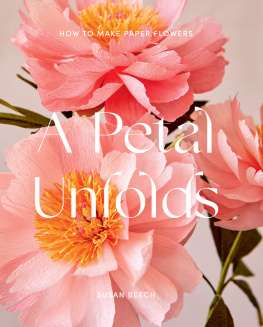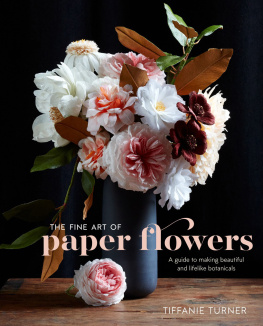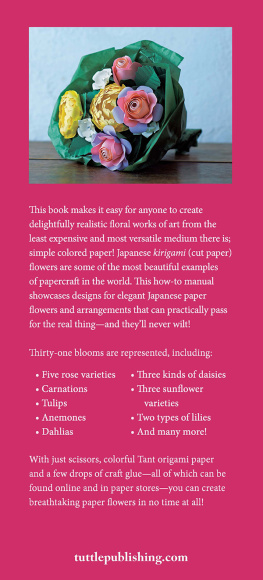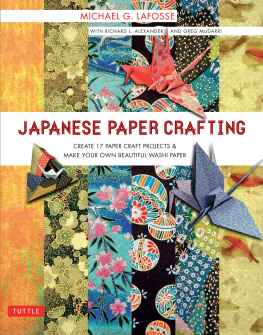Contents
Guide
MAKING MOBILES


Artists
Projects


MY SEARCH FOR MOBILES
S teeped in history and symbolism, Polish mobiles are enchanting folk decorations, traditionally made from straw, paper, wool, feathers and dried peas. Variations can be found all over Eastern Europe, and even in Scandinavia, but none are as bright or colourful as the Polish ones.

Back home, these mobiles are called pajk(pronounced pah-yonk) or pajki(the plural).
Delicate and light, these chandeliers would often hang from ceilings around wintertime, spinning gently when a stray draft would breeze through the home. Unfortunately, their origin and full history is difficult to uncover, as not many original early designs survive today. Their scarcity drives my passion to keep the pajki tradition alive.
My own story with mobiles starts in the Open Air Village Museum in Lublin, Poland, where I first saw pajki hanging in one of the traditional village houses. Then, years later, while studying History of Art at the Jagiellonian University in Krakw, in addition to my studies on medieval and modern art I developed an interest in the ethnography and history of traditional Polish folk culture. It has now become a sort of obsession I even called my own art and interiors shop, in London, Folka which is a portmanteau of Polka(Polish girl) and folk.

I kept thinking about pajki a perfect mix of bold colours that demanded attention, but were fragile to the touch I just couldnt get them out of my mind. But it wasnt until the summer of 2015 in London (where I had moved to in 2007) that I finally made my first pajk. I have to say that it wasnt the best thing ever, but practice always makes perfect.
First I experimented with a straw structure. When I had finished, everything looked great, but as soon as I lifted the mobile to hang it, all the layers folded inside so I had to start again from the beginning. This was when I realized how important it is to begin with a solid structure.
Since then, I have improved my skills and have started to teach my own classes on how to make pajki.
I always love revisiting traditional techniques and materials, as well as experimenting with new ones, to give my mobiles a contemporary look. In addition to using rye straw, which I harvest myself each summer in Poland (I make sure I always store it away properly mice love the taste of it!), I also use brass tubes, to give that chic interiors look. I dont always want to copy old designs our modern interpretations of folk art can always generate exciting pieces!
Nowadays, pajki making is a dying craft in Poland, practised primarily by elderly women, who were taught by their mothers and grandmothers. You can see their work mainly in ethnography museums or during folk craft festivals. In Poland, young people dont really know the story of the tradition and even find them tacky and old fashioned. Beauty like this shouldnt gather dust in a museum, so I wanted to revitalize them and show that you could hang them in a modern home.
I love teaching people about pajki and running workshops in my studio and beyond. Its very rewarding to see so many new faces come to my classes, eager to learn, and me, eager to teach. Nothing beats a fun afternoon fashioning pompoms out of tissue paper, with good coffee and good conversation. But, not only is it a fun group activity to do, it brings me so much joy to see that the pajki tradition is being revived. Theres something magical in that.
A very important part of my practice is to travel to Poland to meet artists who still make pajki. Meeting them is always inspiring and I learn a lot about the history through their memories. Its important to say that mobile making has been passed down through generations. Families used to make pajki together, but sadly, this is not so common anymore.
I am so excited that I can share this book with you. I will teach you different types of pajki traditional, as well as contemporary ones to show you the wealth of different designs you can create!

